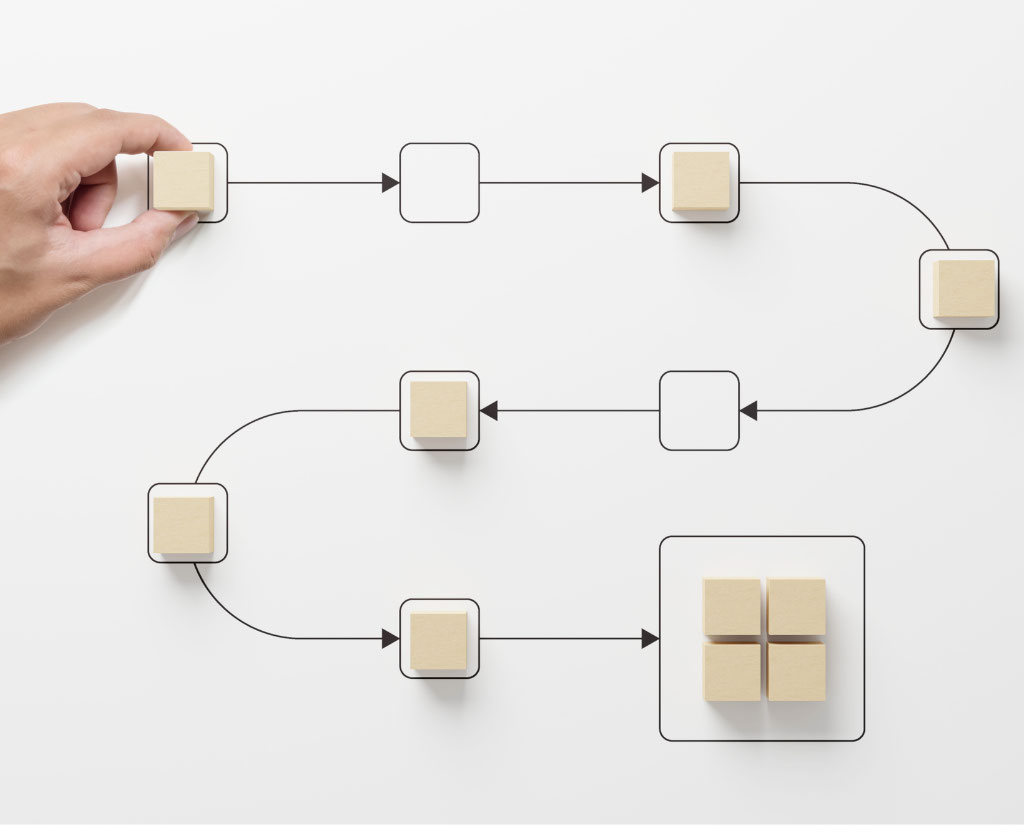
Our world is interconnected. Technology is making it super simple and almost impossible to ignore the glaringly obvious need to leverage crowdsourcing as a tool for business. It allows organizations and individuals to tap into the knowledge and skills of a large group of people to solve complex problems, generate innovative ideas, and complete tasks efficiently.
Crowdsourcing can take many forms, and various models have emerged that showcase its effectiveness in different domains. In this blog post, we will explore some inspiring models of crowdsourcing that have revolutionized industries and inspired others to embrace the power of the crowd.
Open Innovation Platforms
Open innovation platforms are digital ecosystems that bring together diverse participants to collaborate on solving specific challenges or developing new products and services. These platforms facilitate the exchange of ideas, expertise, and resources among individuals, startups, and established companies. A prime example of such a platform is HeroX, which connects seekers (individuals and organizations with specific challenges) and solvers (problem-solvers from around the world). This model has successfully enabled breakthroughs in fields like pharmaceuticals, technology, and sustainability.
Citizen Science Initiatives
Citizen science engages the general public in scientific research, allowing individuals to contribute their observations, data collection, and analysis. Zooniverse, one of the most prominent citizen science platforms, hosts numerous projects spanning various disciplines, from astronomy to environmental conservation. By involving non-experts, citizen science not only accelerates the progress of research but also fosters public engagement and education.
Crowdfunding
Crowdfunding has democratized the funding process, allowing entrepreneurs, artists, and innovators to raise capital for their projects by collecting small contributions from a large number of people. Platforms like Kickstarter and Indiegogo have enabled countless success stories, enabling the realization of creative endeavors that might have otherwise remained unexplored. This model allows individuals to validate their ideas and gain support from a passionate community.
Distributed Labor Platforms
Distributed labor platforms, such as Amazon Mechanical Turk, TaskRabbit, and Upwork, connect individuals or organizations with a vast network of remote workers who can complete small tasks or projects. This model has revolutionized the gig economy by providing flexible work opportunities and allowing businesses to access a scalable workforce. By leveraging the power of crowds, these platforms enable faster and more cost-effective completion of tasks that would be cumbersome for a single person or organization.
Open Source Development
Open source software development is a collaborative model where programmers from around the world contribute to the creation and improvement of software code. Platforms like GitHub provide a space for developers to share, collaborate, and iterate on projects. The success of open source initiatives like Linux, WordPress, and Python demonstrates the power of crowdsourcing in driving innovation and creating high-quality software that benefits the entire community.
Prediction Markets
Prediction markets leverage the wisdom of crowds to forecast future events or outcomes. Participants can buy and sell shares in different potential outcomes, with the market price reflecting the aggregated beliefs and predictions of the crowd. Platforms like PredictIt and Augur have demonstrated the effectiveness of prediction markets in accurately forecasting election results, stock prices, and other significant events. This model has implications in decision-making, risk management, and strategic planning.
Gamified Crowdsourcing
Gamification techniques have been successfully applied to crowdsourcing to engage and motivate participants. Platforms like Foldit and Eyewire turn complex scientific problems or data analysis tasks into competitive games. By introducing elements of competition, rewards, and achievements, gamified crowdsourcing captures the interest of a broader audience and encourages long-term participation.
Open Up to the Power of the Crowd
These are just a few examples of the diverse and inspiring models of crowdsourcing that have emerged in recent years. Each model showcases the power of collective intelligence, collaboration, and the democratization of knowledge and resources. By embracing these models, organizations can tap into the crowd's creativity and expertise, enabling faster problem-solving, innovation, and community-driven success.
Drive innovation from outside your current team to further your mission faster. Learn how you can do that with HeroX.








